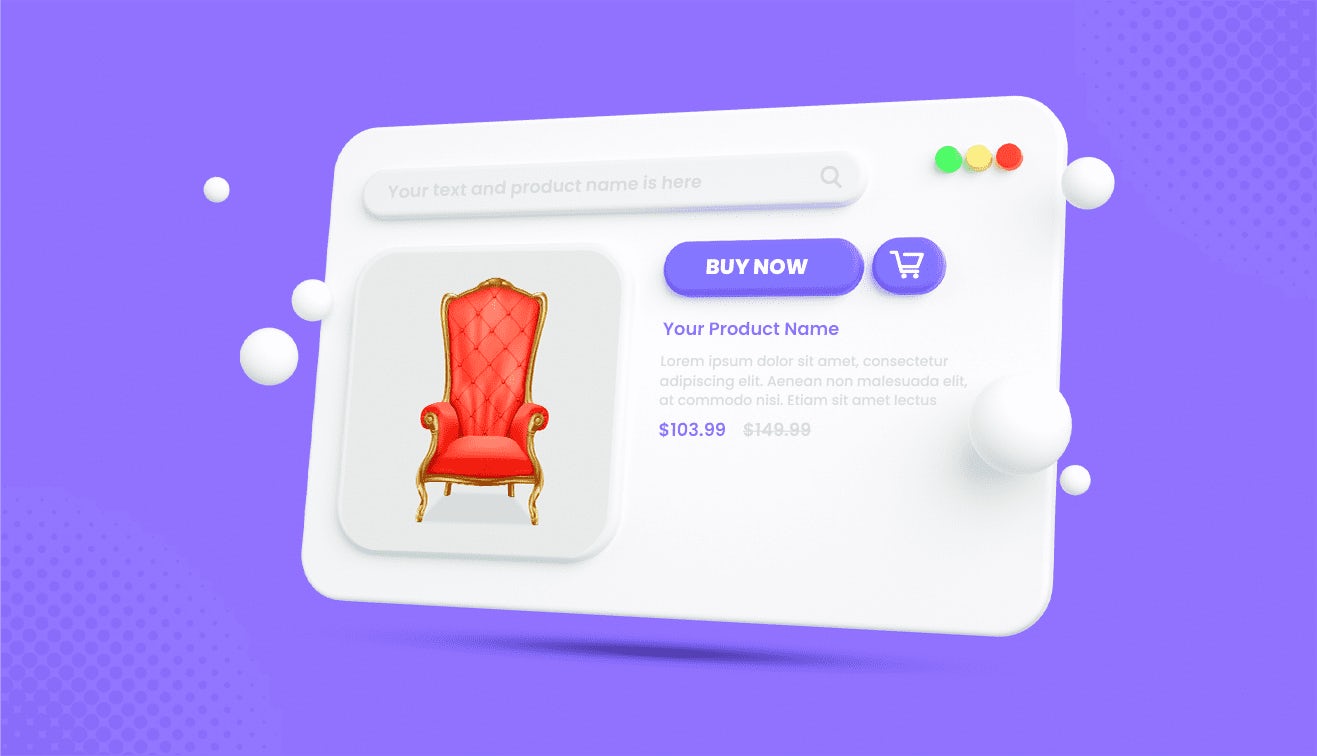E-commerce is undoubtedly becoming the future of business as we know it. Virtually every industry with a physical (or even digital) product can now enter the digital selling landscape. All it takes is an e-commerce website fully equipped to make your products available worldwide. But how do you build an e-commerce website?
Most people go for services that all come in one package. But there are cases where you might need a building option with more flexibility and scalability. In these cases, you should consider using modular microservices instead. What are modular microservices, and how can they serve you? We’ll look deeper into this e-commerce solution and help you understand how to use them to your advantage.
What Are Modular Microservices for E-commerce Websites?
In a nutshell, modular microservices represent an architectural approach to developing e-commerce websites. These are an alternative to traditional monolithic architectures that come as one ready-to-use package. A modular microservice is a collection of smaller applications interconnected to work as a whole.
Each service in this setup is a distinct module focusing on a specific business capability or function. For instance, in an e-commerce context, you might find separate microservices handling user authentication, inventory management, payment processing, and order management. This modularity enhances the flexibility and manageability of the website.
Independent Microservices Working as One
The most important key characteristic of this approach is having microservices work independently. A setup like this allows for more agile development processes. Despite their independence, these services are supposed to be interconnected, usually communicating through APIs or messaging systems. Here are some examples of notable companies who switched to modular microservices:
- Amazon: Transitioned from a monolithic structure to microservices, significantly improving site functionality and leading to the development of Amazon AWS.
- Netflix: Adopted microservices in 2008 to address scaling challenges and service outages, resulting in increased API requests and a robust streaming service.
- Uber: Moved to microservices to enhance performance and smooth business operations amid global growth.
- Groupon: Underwent a year-long migration to microservices in 2012 to improve website efficiency and user satisfaction.
The Main Advantage of Modular Microservices
The significant advantages of modular microservices are their scalability and technology diversity. According to your demand, you can increase your microservices’ capacities one by one, which is especially useful for e-commerce sites that experience varying levels of traffic. During peak shopping, specific services like payment processing can be scaled up without affecting the entire system. Accordingly, the popularity of modular microservices has been rising. A reported 63% of enterprises now use microservices architectures.
Pros and Cons of Using Modular Microservices
Using modular microservices in e-commerce websites has its advantages and challenges. Here's a comprehensive look at the pros and cons:
Pros
- Scalability: Microservices allow scaling specific parts of an e-commerce website independently, accommodating varying loads efficiently. This is particularly useful during high-traffic periods like sales or holiday seasons.
- Flexibility and Speed of Deployment: With microservices, you can quickly develop and deploy new features or updates without redeploying the entire application, enabling faster response to market changes.
- Resilience: The isolated nature of microservices means that if one service fails, it doesn't bring down the whole website. This isolation enhances overall system resilience and uptime.
- Technology Heterogeneity: Microservices allow the use of different technologies and frameworks for different services, enabling the best-fit technology for each specific function.
- Ease of Maintenance and Updates: Updating or fixing a specific application part is easier and less risky with microservices, as changes are confined to individual services.
- Enhanced Team Productivity: Microservices enable multiple development teams to work on different services simultaneously, potentially speeding up development processes.
Cons
- Complexity: Managing multiple services, each with its own database and inter-service communications, can be more complex than managing a monolithic architecture.
- Increased Resource Requirements: Each microservice might need its own set of resources like databases and caches, which can increase the overall resource footprint of the application.
- Network Latency and Load: Inter-service communication over the network can introduce latency. Additionally, the network load can increase due to the chatter between services.
- Difficulty in Testing: Testing an application built with microservices can be more challenging due to testing each service individually and the interactions between services.
- Data Integrity and Management: Ensuring data consistency across different microservices can be challenging, especially when transactions involve multiple services.
- Operational Overhead: Deploying and operating an application composed of many microservices can require more sophisticated tools and processes, such as containerization and orchestration platforms like Kubernetes.
- Security Concerns: More endpoints and inter-service communications can increase the security attack surface.


































































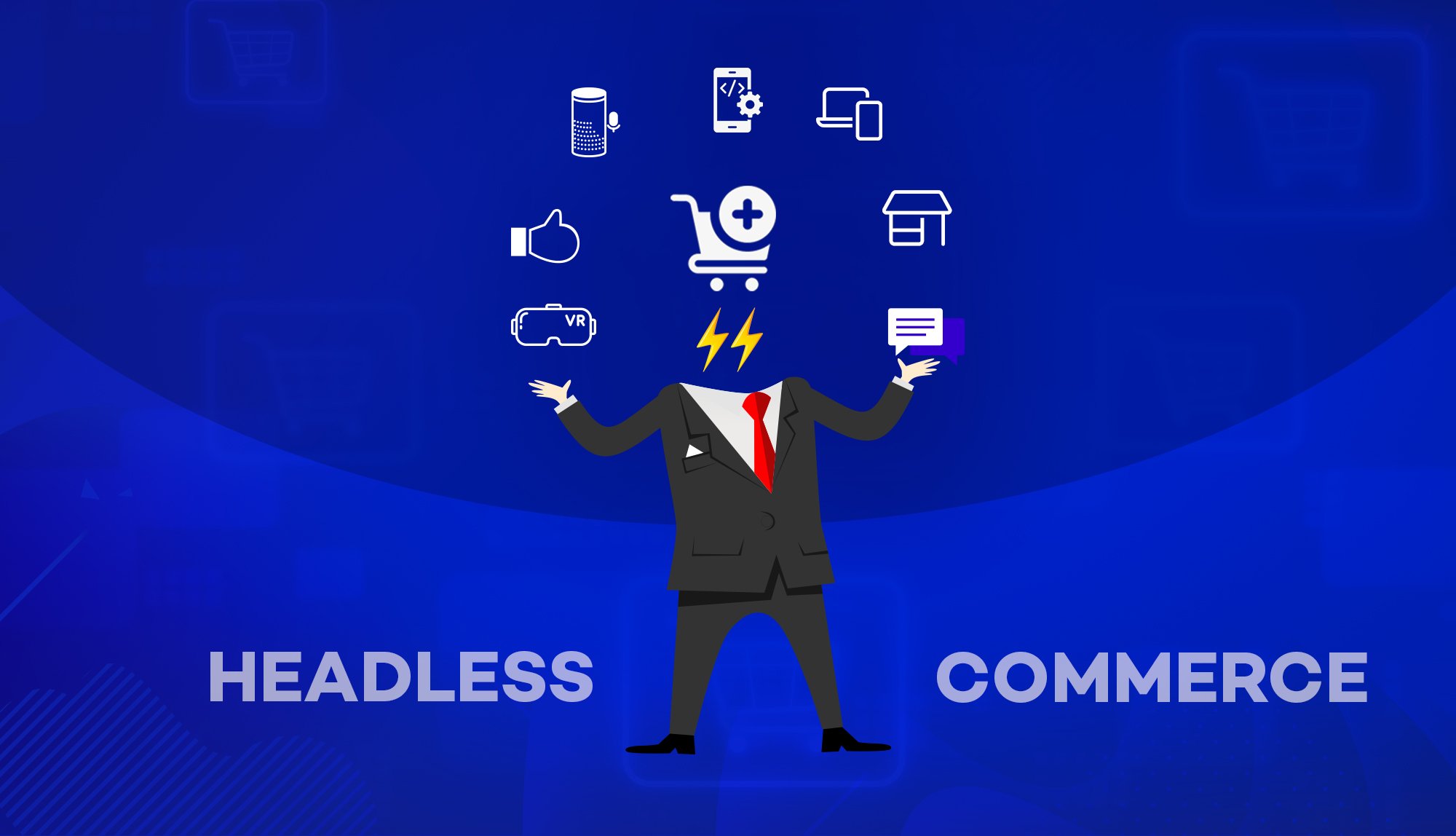
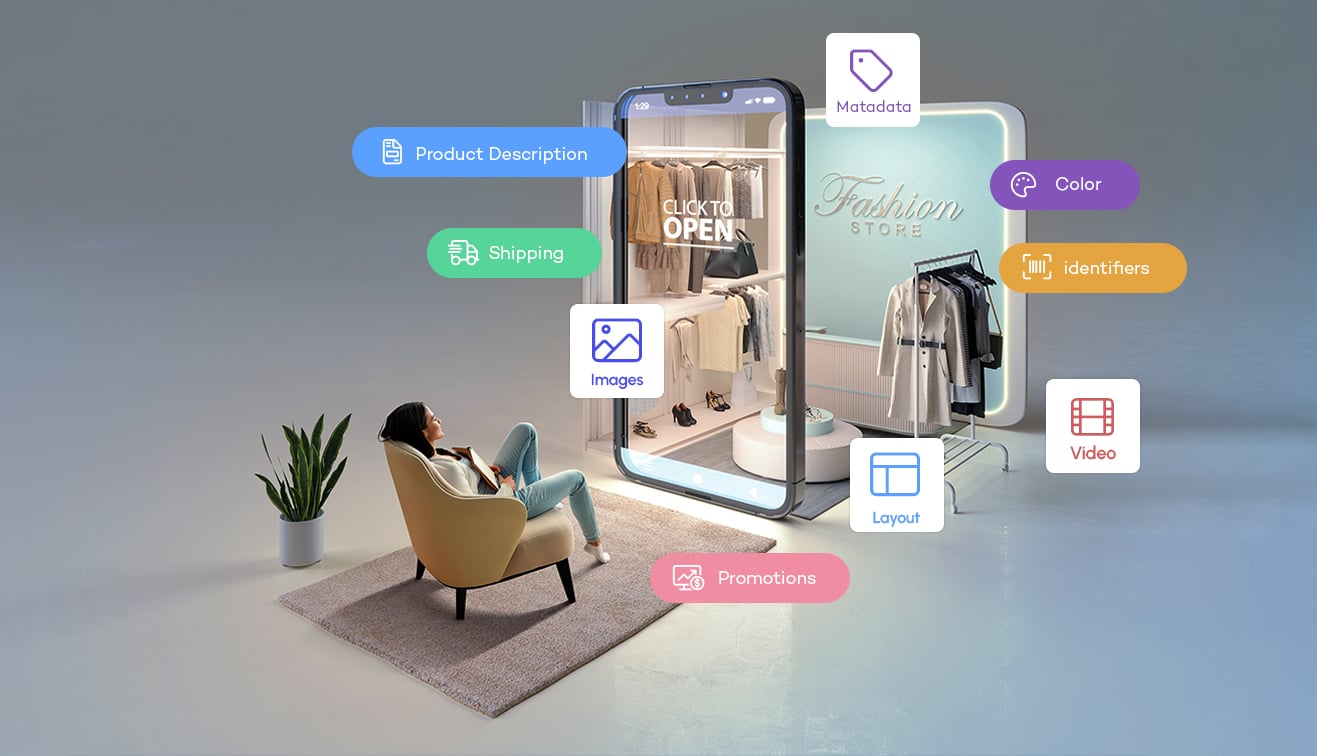



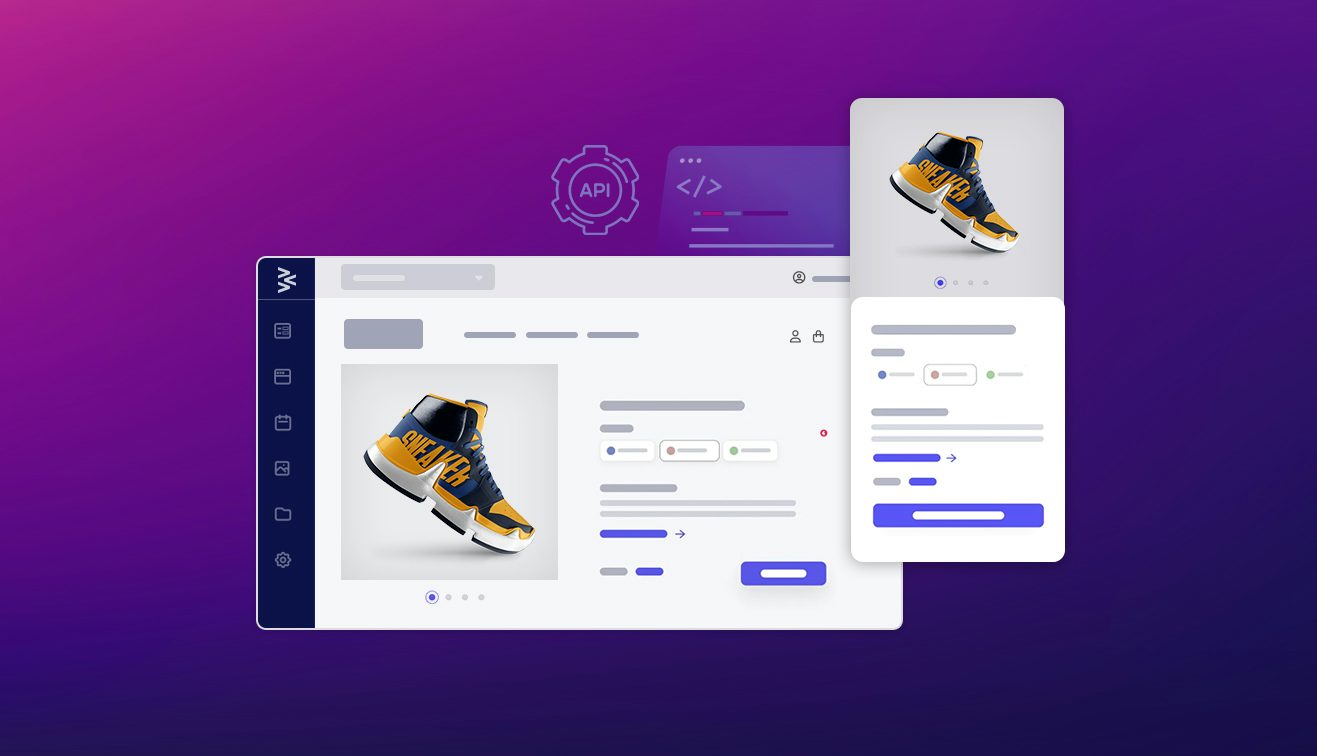

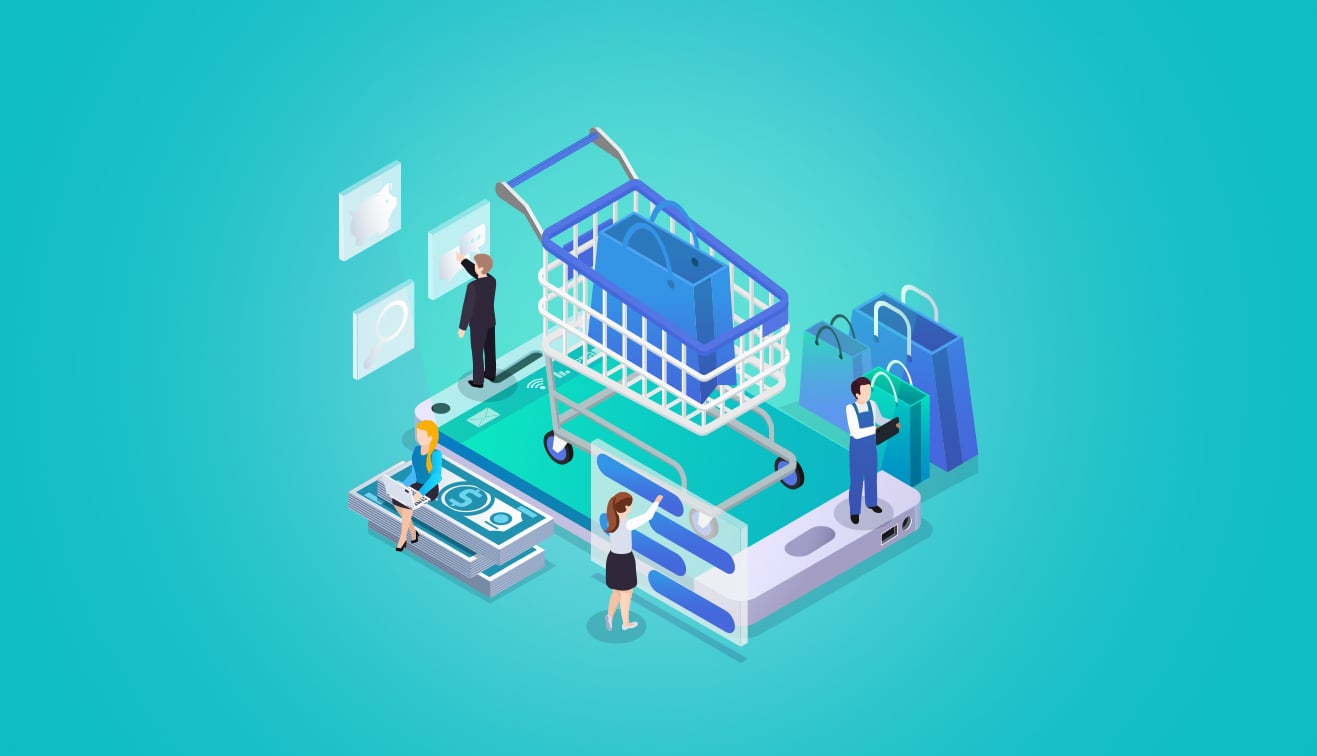

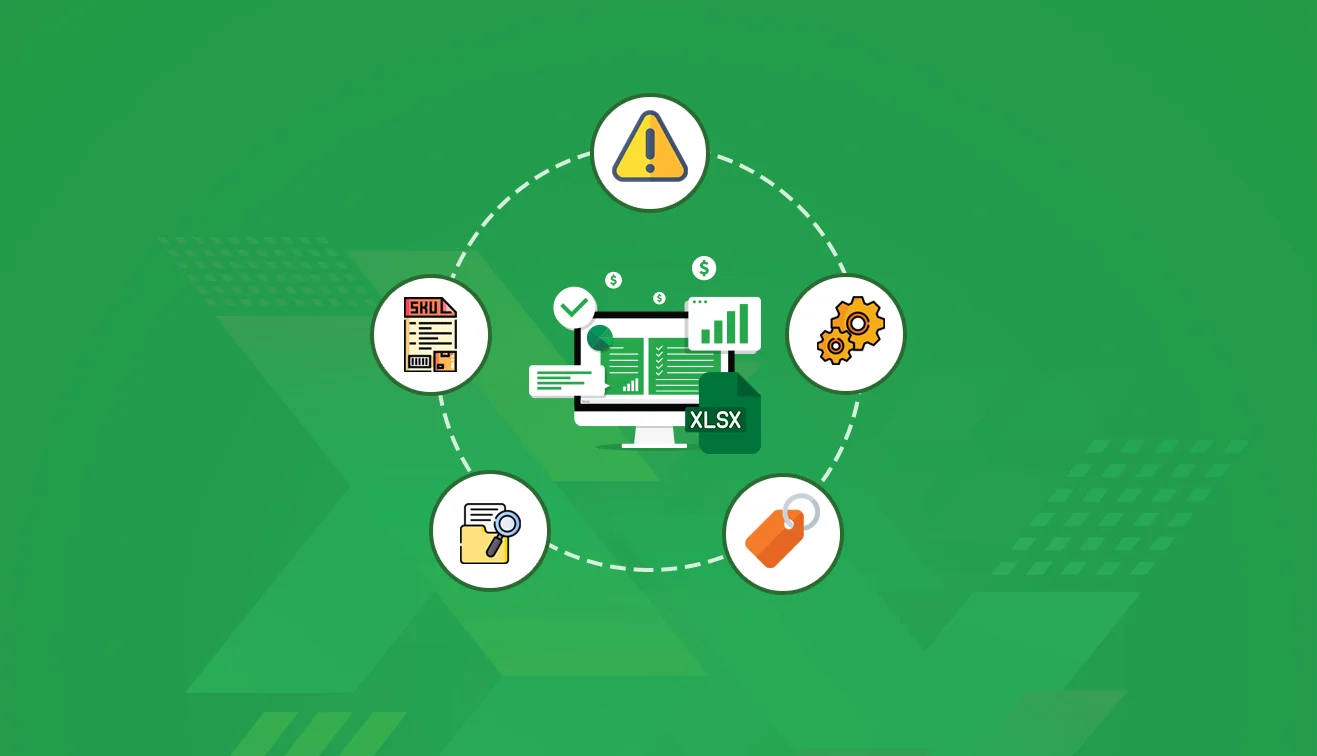

.jpg?w=3840&q=75)
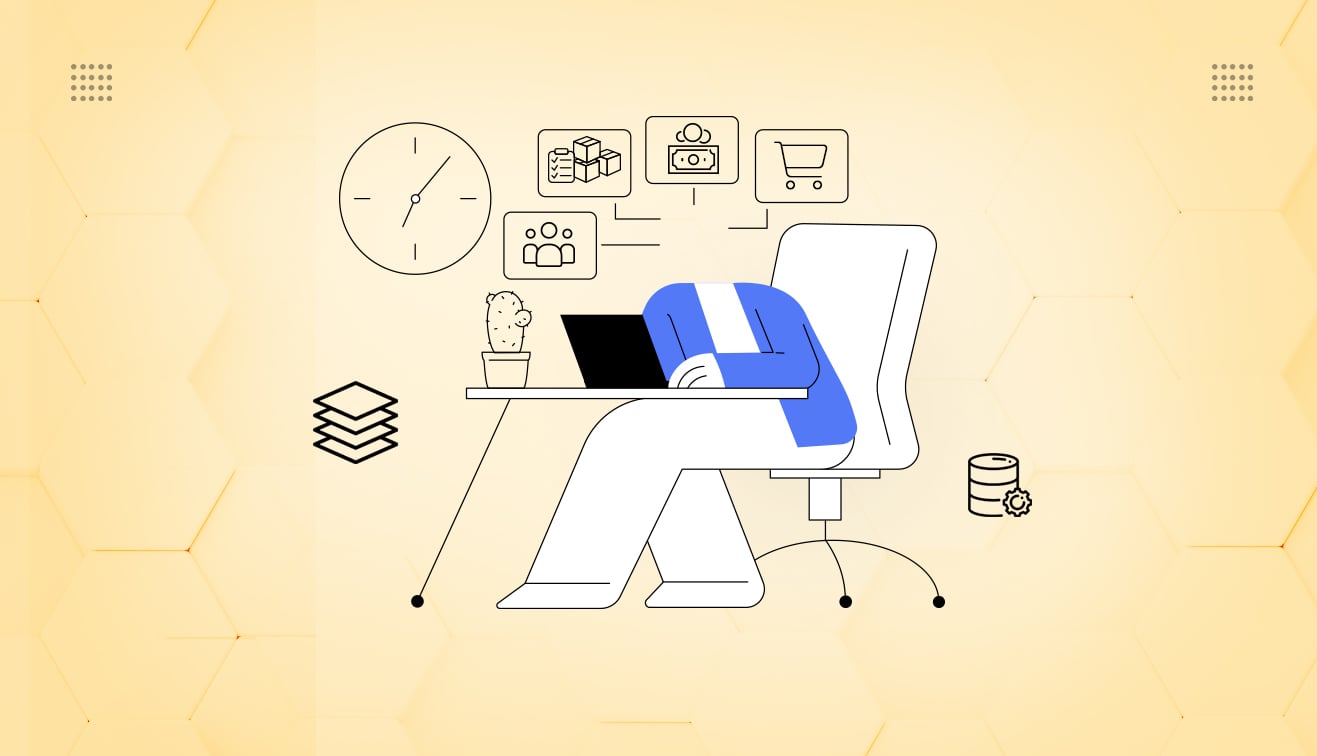

.png?w=3840&q=75)
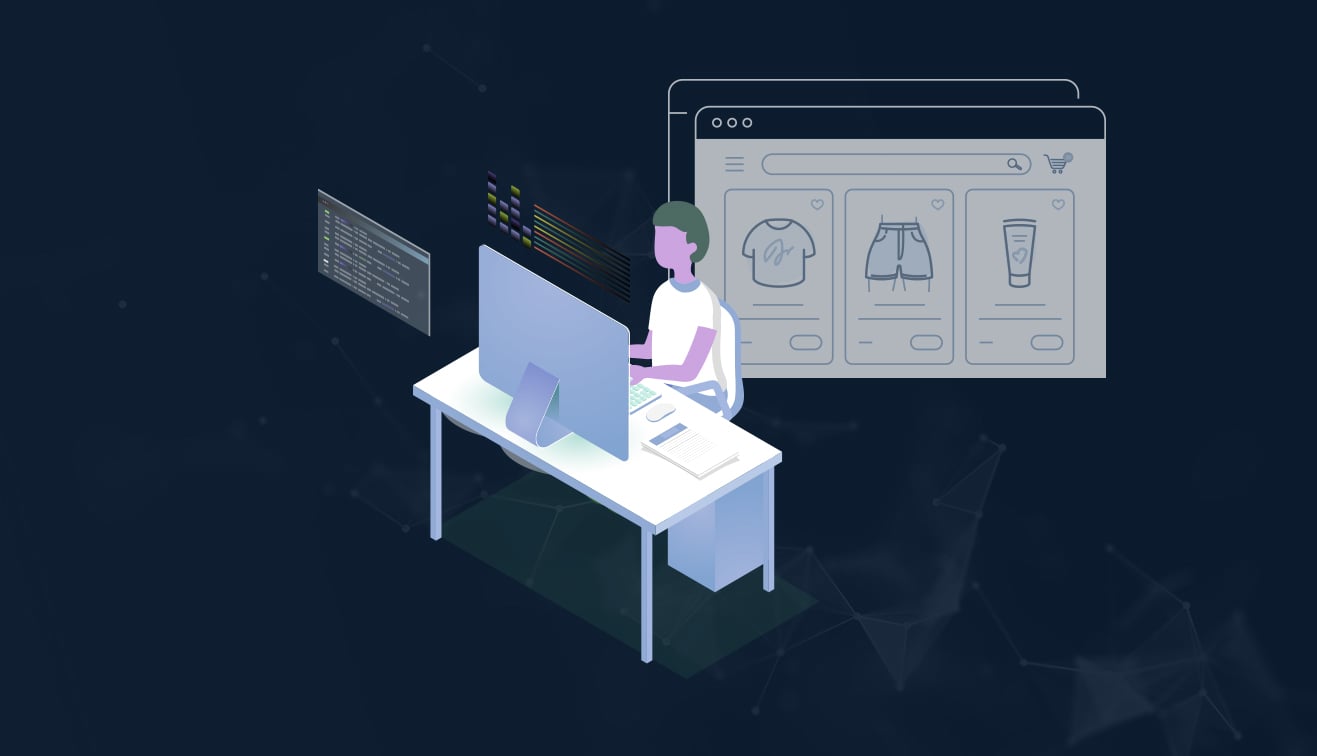
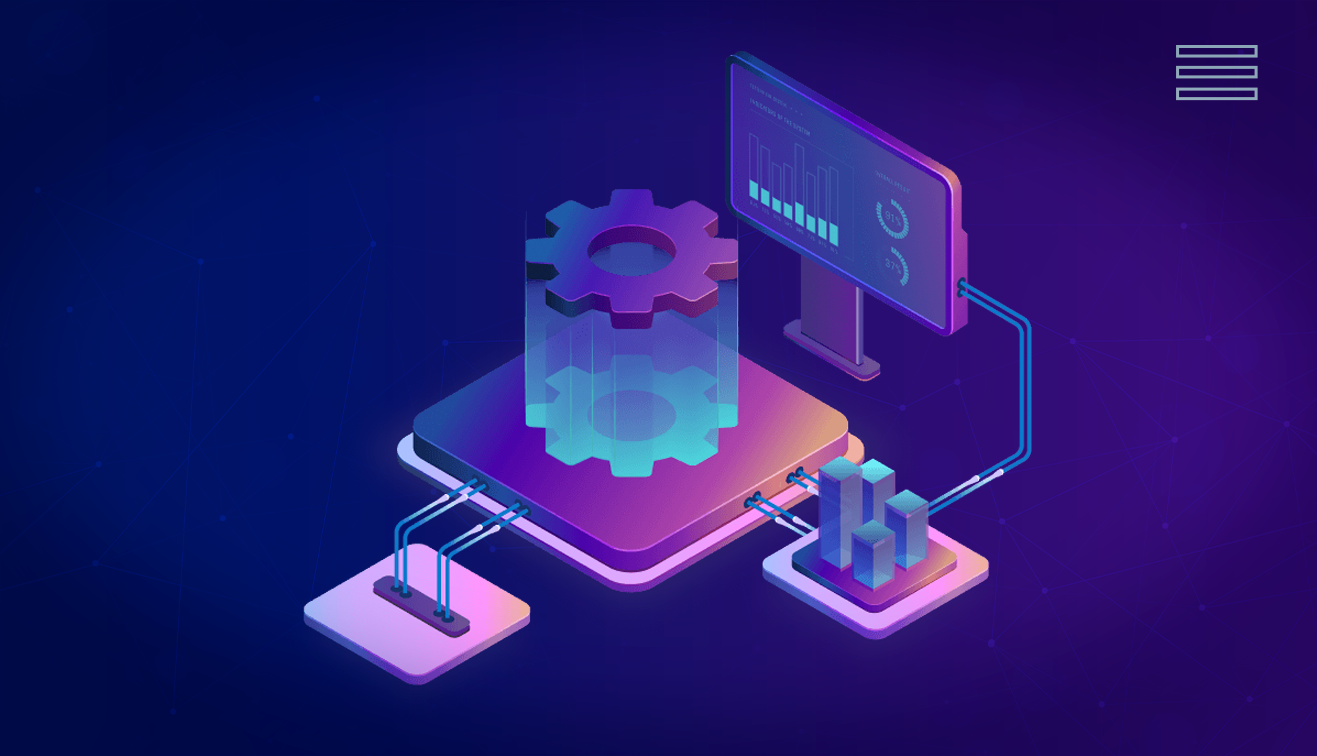

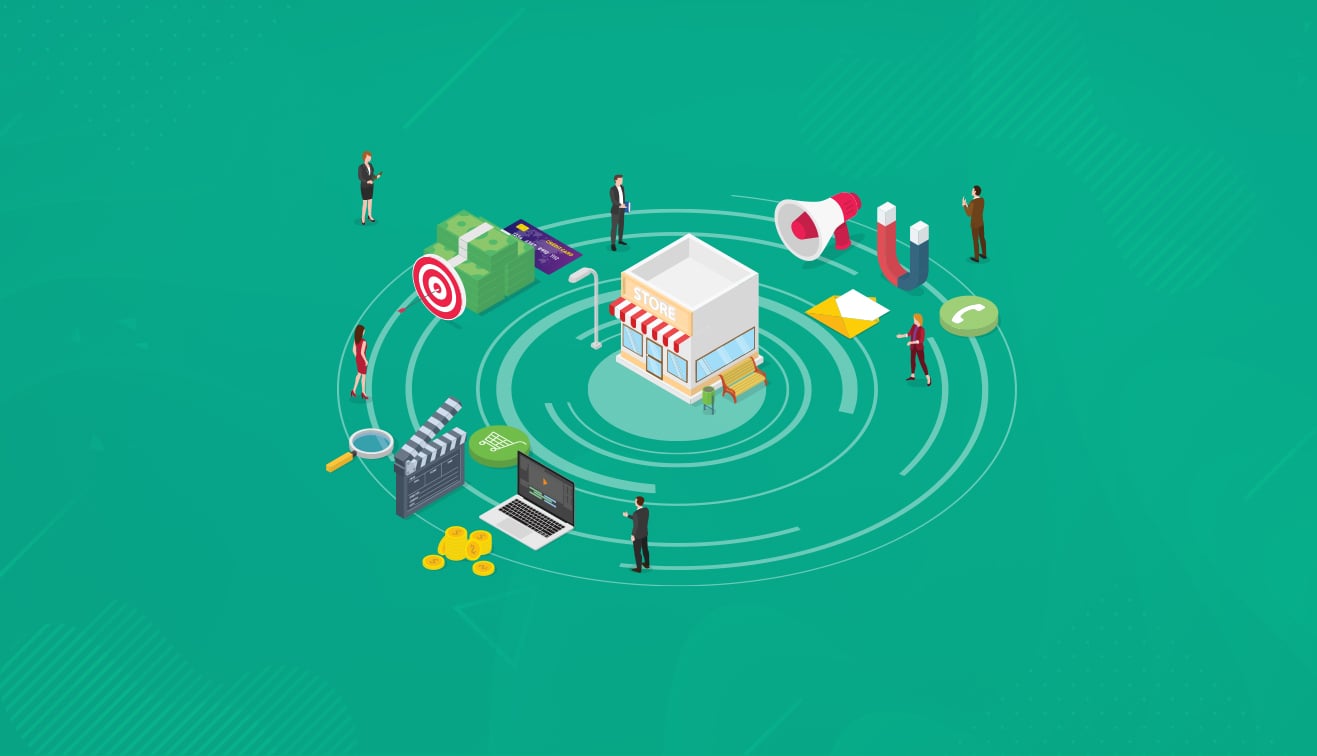
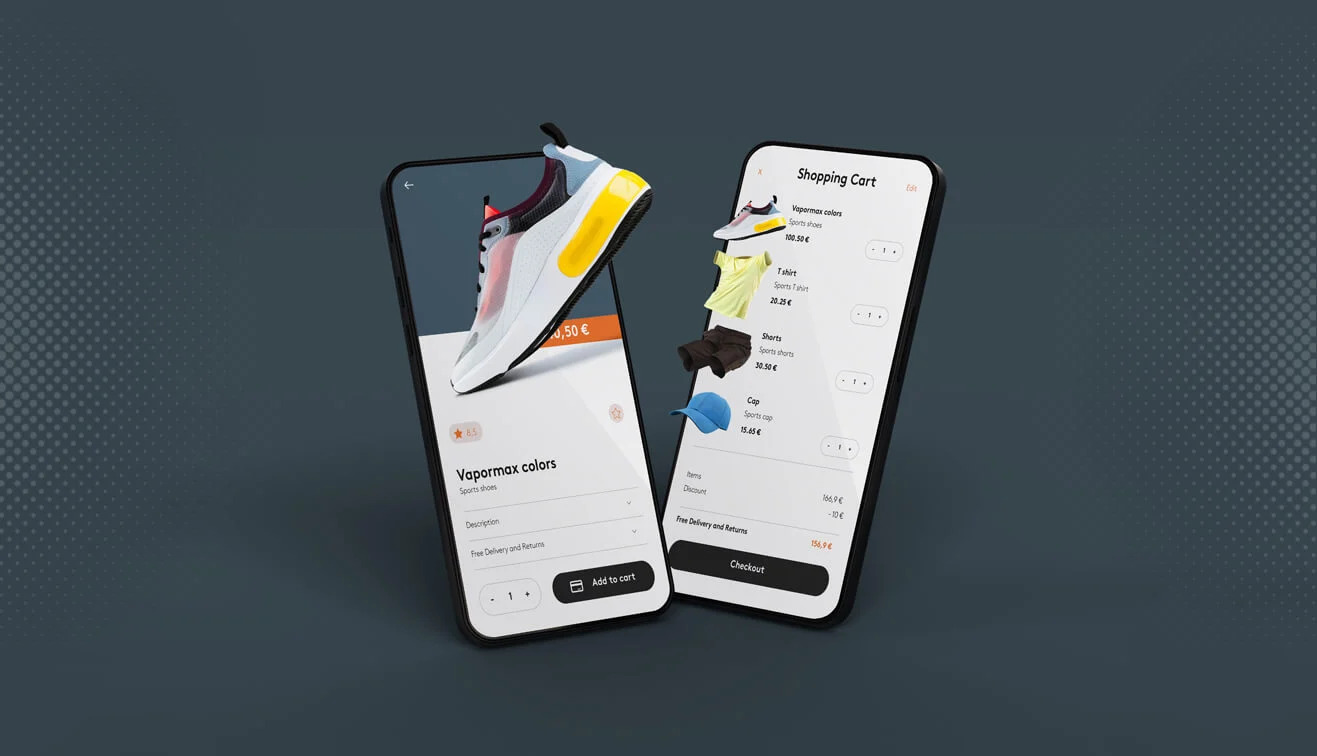
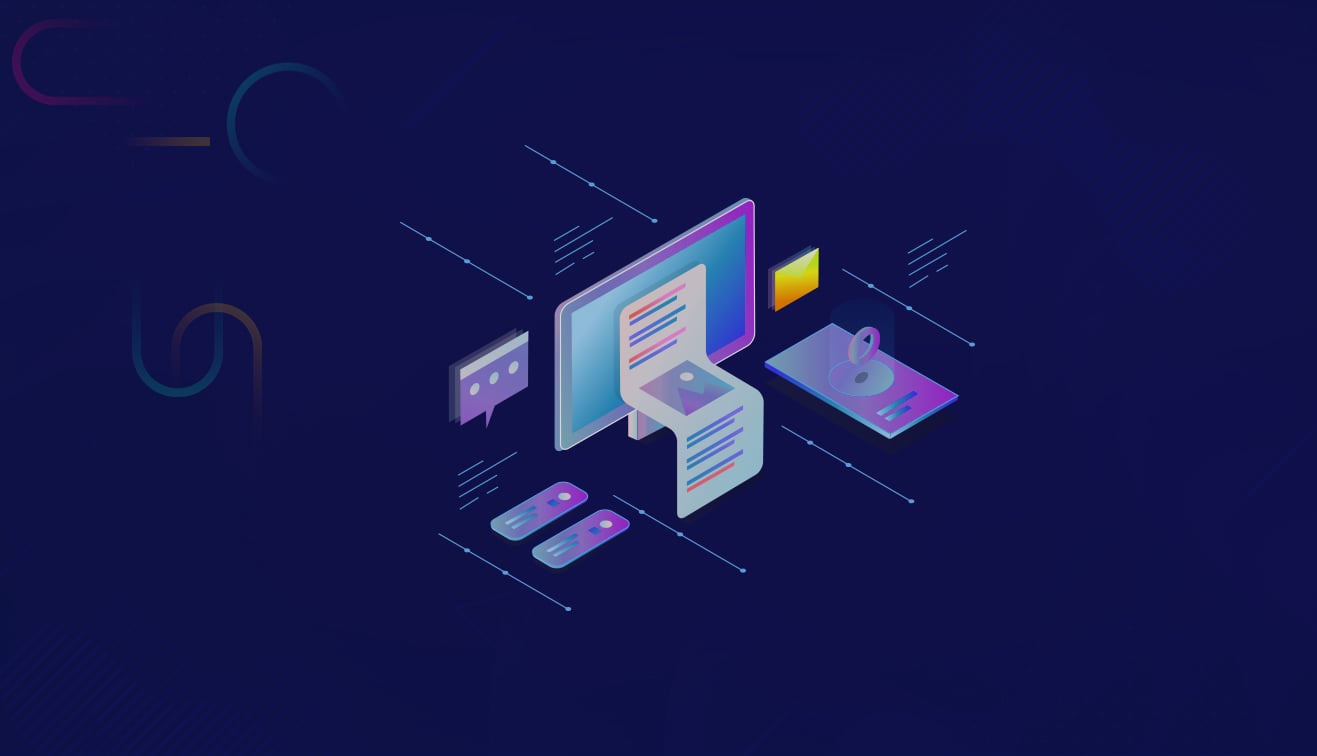


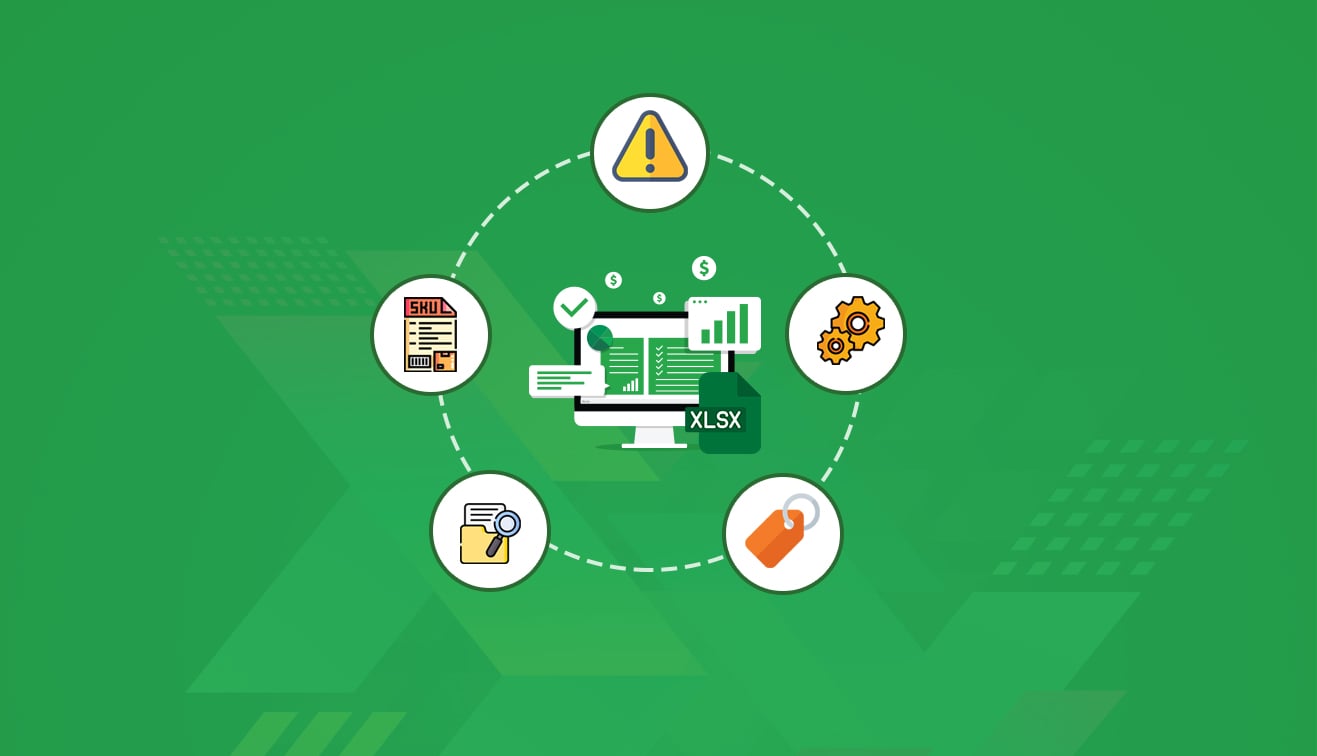


.jpg?w=3840&q=75)
